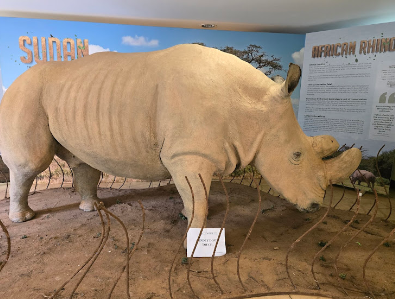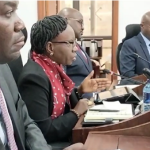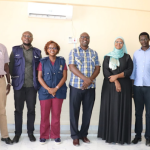Visitors to the National Museums of Kenya can now view the embalmed remains of Sudan, the world’s last northern white rhino, who passed away in 2018 and marked the extinction of his subspecies. Sudan’s body has been preserved through taxidermy—a method of mounting or stuffing animals for display or study.
Born in 1973, Sudan became an emblem of the battle against poaching and efforts to save endangered species. His preserved remains are now on display at the National Museums of Kenya, serving as a poignant reminder of conservation’s significance. According to the National Museums of Kenya, “Seeing this iconic animal, who touched many lives, is an inspiring experience, and his legacy can be witnessed exclusively at the Nairobi National Museum.”
Sudan lived at the Safari Park Dvůr Králové in the Czech Republic from 1975 to 2009 before moving to the Ol Pejeta Conservancy in Laikipia, Kenya. At the time of his death, he was one of only three northern white rhinos left in the world and the last known male of his subspecies. He was euthanized on March 19, 2018, due to age-related complications.
Sudan fathered three calves at Dvůr Králové and became a grandfather. His offspring include Nabire, born in November 1983, who passed away in July 2015, and Najin, born in 1989 and later transported with Sudan to Ol Pejeta Conservancy in 2009.
Sudan also had another offspring who was born prematurely and did not survive. Through Najin, Sudan became the grandfather of Fatu. In December 2009, Sudan and the other northern white rhinos were moved to Ol Pejeta Conservancy as part of a “Last Chance To Survive” breeding program.
The hope was that Ol Pejeta Conservancy would offer a more natural environment and improved hormonal conditions to encourage breeding. Unfortunately, efforts to breed Sudan at Ol Pejeta were unsuccessful. One of the three other rhinos transported to Ol Pejeta, Suni, passed away in 2014.
In his final years, Sudan lived alongside his daughter Najin and granddaughter Fatu. At the end of 2017, he developed an infection in his right hind leg. Despite initial improvement, the infection recurred and, by March 2018, his condition had severely worsened.
Prior to being moved to Kenya, Sudan’s preserved skin mount and Nabire’s skeleton were displayed at the National Museum in Prague, Czech Republic, until the end of 2021. The cherished symbol of wildlife conservation, beloved by many around the world, was then transported to Kenya on March 25.



